Unsecured business loans are flexible loans that don’t require you to put up an asset as collateral, making them more widely available to businesses of all sizes. They’re designed to be used for a variety of different purposes, rather than buying a specific asset (like a chattel mortgage to buy a car or equipment, for example).
These loans start from as little as $5,000 and can reach up to $250,000 to $300,000, with repayment terms ranging from one year up to a maximum of three or five (depending on your lender). Because there’s no collateral to assess, these loans can be processed and funded very quickly, sometimes as soon as the same day or within 24 hours.
Once you’re approved and receive your funds, you’ll repay your loan in instalments across your term. You’ll pay this off with interest and fees along the way and can choose your preferred payment schedule of either weekly, fortnightly or monthly.
Why compare business loans with Savvy?
You can speak with one of our specialist commercial brokers who can walk you through a range of loans to best suit your companies needs.
You can compare business loan offers, through a range of trusted lenders, maximising your chances of a great rate.
You can fill out our simple online form to generate a free business finance quote within minutes. You can also come back to it at any time.
Business lenders you can compare
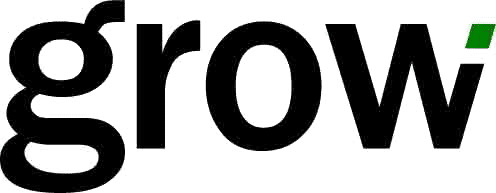

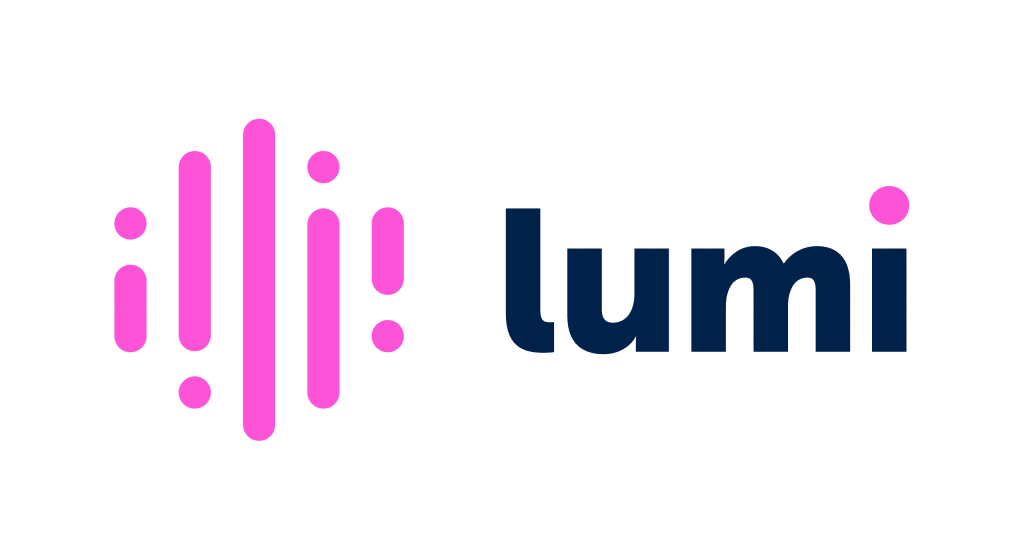

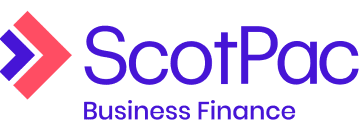


How much will the loan cost my business?
There’s a range of variables that can impact the amount you’ll pay for your business loan. Some of these include:
- Interest rate: this is the biggest one. The higher your rate, the more you’ll end up paying overall.
- Fees: lenders can also include various fees on your loan, such as establishment and ongoing charges. These can add up.
- Loan term: the longer you take to pay off the loan, the more interest you’ll be charged.
- Loan amount: larger loans will result in more interest too, as it’s calculated based on your balance.
- Whether you make early repayments: if you’re able to go above the minimum each payment, you can reduce the cost of your loan significantly.
How do I compare unsecured business loans?
When it comes to locking in the best loan deal for your business, there are plenty of things you’ll need to keep an eye out for. Some of the main ones are:
- Interest rates: try to lock in the lowest rate available for your business.
- Fees: as we spoke about earlier, these can end up setting you back a bit, too.
- Borrowing ranges: different lenders will have different loan caps; for instance, some offer up to $250,000, while others may extend this to $300,000.
- Available loan terms: many lenders will allow you to take between one and three years, but some may extend this up to five.
- Repayment flexibility: almost all unsecured business loans will give you the freedom to make additional payments and clear your debt ahead of schedule.
- Eligibility criteria: one of the most crucial things to work out is if your business actually qualifies for finance with your lender. This is especially important for startups and small seasonal businesses.
When you apply with Savvy, though, we’ll handle all the heavy lifting for you. Our consultants survey our flexible lending panel to find the best deal on offer for you.
How much can I borrow with an unsecured business loan?
As mentioned, lenders can typically offer between $5,000 and as much as $300,000. However, it isn’t quite as simple as choosing any amount in this range. There are plenty of factors that your lender will consider when working out how much your business can borrow, including:
- Your business’ revenue and expenses: one of the first things will be checking how much your business is earning and the amount going in the opposite direction on regular costs and bills.
- Your business’ assets: if your business is asset-backed, such as if it owns property, that will boost your chances of approval for a larger loan.
- Your business’ liabilities: your lender will also factor outstanding debts and other loans into the equation, as these eat into the cash available to service the new loan.
- Your business’ credit history: this is another big one. The better your business’ credit record, the more you’ll likely be eligible to borrow, as a poor record of managing past debts will limit borrowing power.
How are unsecured loans different from secured loans?
The big difference between the two is that secured loans require an asset to be put up as collateral. This may be commercial or residential property, vehicles, equipment, inventory or other options. However, the flow-on effect of this means these two loans can end up looking a bit different, as you can see in the table below:
| Unsecured business loans | Secured business loans | |
|---|---|---|
| Collateral required? | No | Yes |
| Borrowing range? | Up to $300,000 | Up to $2 million |
| Repayment terms? | One to five years | One to 30 years |
| Interest rates? | Higher | Lower |
| Fees? | Lower | Higher |
| Processing and approval time? | As soon as 24 hours or the same day | Up to three or four weeks |
What are some of my other unsecured business finance options?
It isn’t just the standard unsecured loan you’ll be able to select. There are plenty of other finance options that don’t require any collateral, including the following:
- Lines of credit: these are another type of loan that allows you to withdraw cash whenever you need it up to an approved limit. This means you can access small amounts at a time, only pay interest on what you use and repay them at your own speed. However, rates and fees tend to be higher.
- Overdrafts: very similar to a line of credit, except it’s a facility attached to your bank account that allows you to withdraw cash beyond $0 up to an approved limit. Also comes without a set repayment structure and higher fees and interest.
- Low doc loans: the only difference between this loan and a standard unsecured business loan is the documentation requirements. You may only need identification and information on your assets and liabilities to qualify. For businesses with established ABNs (12 or more months) and who own property, these are often the best loans for ease of access.
By applying with Savvy, we’ll help you find the best unsecured loan deal to suit your needs.
What our customers say about their finance experience
What our customers are saying
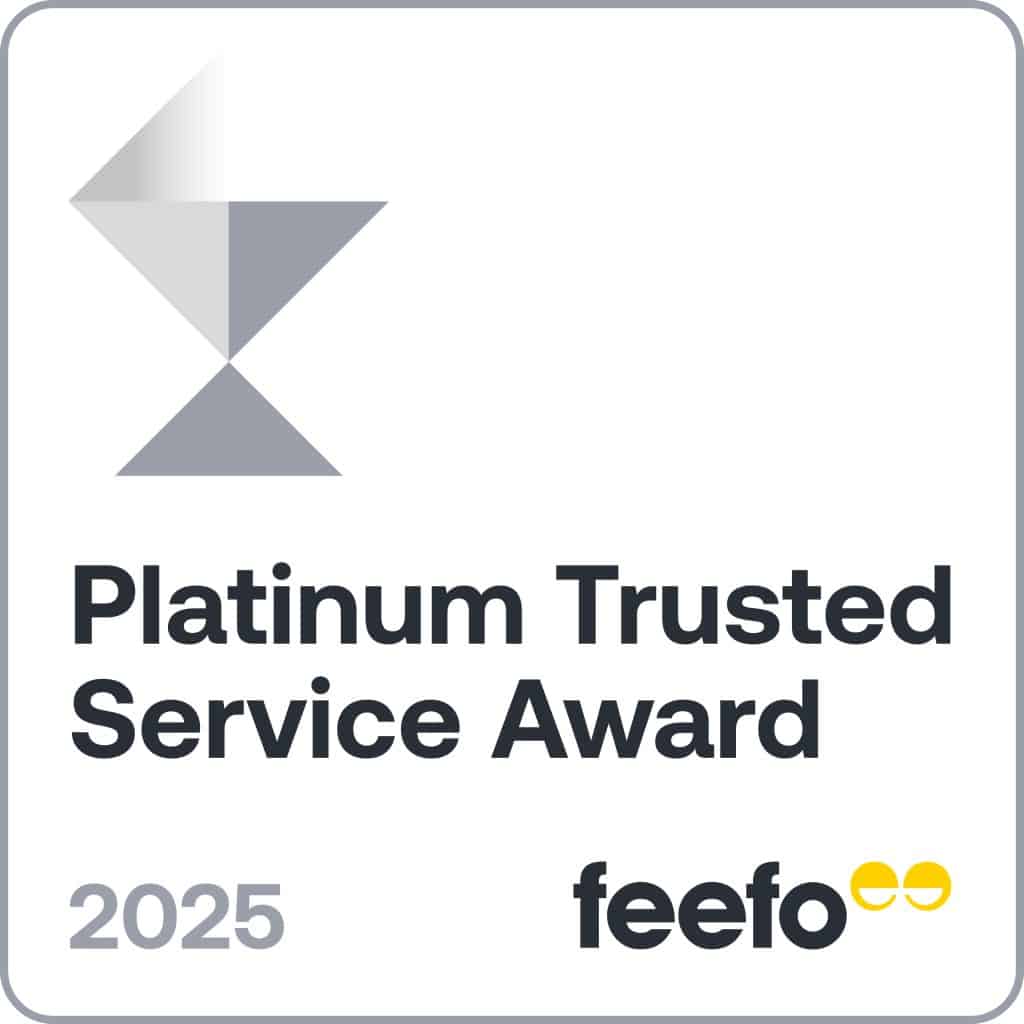
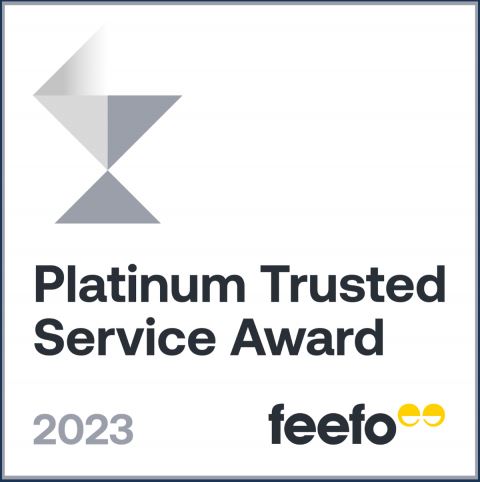
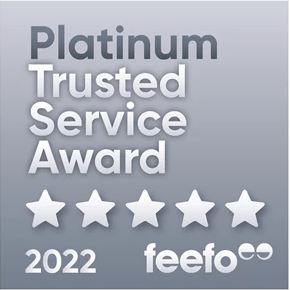
Savvy is rated 4.9 for customer satisfaction by 94 customers.
The benefits of unsecured business loans
Applying for your business loan with Savvy
First of all, fill out our simple online application form. This will tell us details like what you want to buy, how much you need and your business’ structure, revenue and trading time.
We may require further information in some cases to verify parts of your application. If this is the case, we’ll ask you to submit additional documents via our online portal.
Once we get all the info we need, we’ll get to work comparing options from our lender panel. A member of our consultant team will give you a call to talk about your options.
After you give us the all-clear, we’ll get to work preparing your application to submit to your lender. This can be formally approved as soon as within 24 hours.
Once you receive approval, you’ll be sent all the required contracts and forms you’ll need to sign, which can be done electronically. We’ll handle settlement and the asset can be yours before you know it!
Business loan eligibility and documentation
Age
You must be at least 18 years of age
Residency
You must be an Australian citizen or permanent resident (or, in some cases, an eligible visa holder)
ABN registration
Have an ABN registered in your name (available from as soon as one day after registration)
Usage
Meet business usage requirements (at least 51% of any asset you buy, for example)
Credit score
You must meet your lender’s minimum personal and business credit score requirements
Commercial asset
If you're buying an asset with a secured loan, it must meet your lender’s requirements in relation to its type, age and condition
Personal information
Such as your full name, date of birth, address and contact details
Driver's licence
Front and back (or another form of government-issued ID)
Assets and liabilities
Information about your business’ assets and liabilities, as well as those in your name
Asset details
If buying an asset, information such as its model and age, is worthwhile having on hand
Business statements
Business Activity Statements (BAS) and business bank statements may be requested, but not always
More unsecured business finance questions answered
Invoice finance is an alternative type of funding available to businesses who are seeking payment for outstanding invoices from their clients. There are two main types of invoice finance:
- Invoice factoring: involves selling your outstanding invoices to an external organisation, which advances as much as 90% to 95% of their value to you. The remaining amount owed will be passed onto your business once the customer pays their invoice, with service fees deducted from that sum. In this way, invoice factoring isn’t a type of loan.
- Invoice discounting: is essentially a line of credit taken out and secured by the value of your outstanding invoices, which can enable you to obtain up to 90% of their value immediately. Whilst invoice discounting is a type of secured finance, you won’t need any assets to serve as collateral for the loan.
Going through a business loan broker like Savvy brings with it a variety of key benefits. If you’re short on time, a broker will be able to do the heavy lifting for you when it comes to comparing and applying for your loan and can access better deals through their existing relationships with lenders than you might’ve been able to access otherwise. They’re also helpful when it comes to more complex financing arrangements like purchasing an existing business.
You could, but it may not be the best option. By seeking out equipment finance instead, you can open yourself up to greater potential borrowing power and lower interest rates. If you’re looking to finance valuable equipment for your business, you can secure a great deal by applying through Savvy today.
Yes – provided you have an active ABN or ACN and meet the rest of your lender's criteria, you'll be able to take out a loan regardless of the size of your business. You can speak to one of our expert consultants about what options are available to you as a sole trader.
Yes – we’re partnered with flexible lenders who can work with businesses with less-than-perfect credit histories. These lenders can look past your score and instead focus more on your ability to repay your loan. It’s important to note, though, that these loans come with higher rates and fees than standard unsecured loans.
Yes – we’re partnered with flexible lenders who can accommodate the needs of businesses who operate on a seasonal basis. We’ll help you determine what the best repayment schedule may be, which might involve paying down a greater amount during your ‘on’ months if no early repayment fees are charged.
There are often grants and loans available from federal and state governments that can help eligible businesses out. It’s worth checking out your state or territory government website, as well as that of the Australian Government, to see if there are any programs that your business could qualify for.
Yes – many businesses may look to refinance their loans for several reasons, such as increasing their loan amount, accessing a lower interest rate or new features or simply updating their loan to reflect an improved financial situation. For instance, if your business has built more positive credit behaviour in the opening months of your loan, you may be eligible for a lower rate or fees in some instances.
No – a chattel mortgage is a type of secured loan which uses an asset (such as a car or equipment) as security for the loan deal. These loans are designed for purchasing that asset, meaning you won’t have as much flexibility in how you can use the funds.
In most cases, interest on commercial loans is claimable up to the full amount used for business purposes (e.g. if 25% of the funds are for private purposes, you could only claim 75% of the interest). Because these loans are used exclusively for business purposes, you may be able to claim up to 100% of the interest. However, every business is different, so you should speak to your accountant or a tax professional about what you can and can’t claim.








